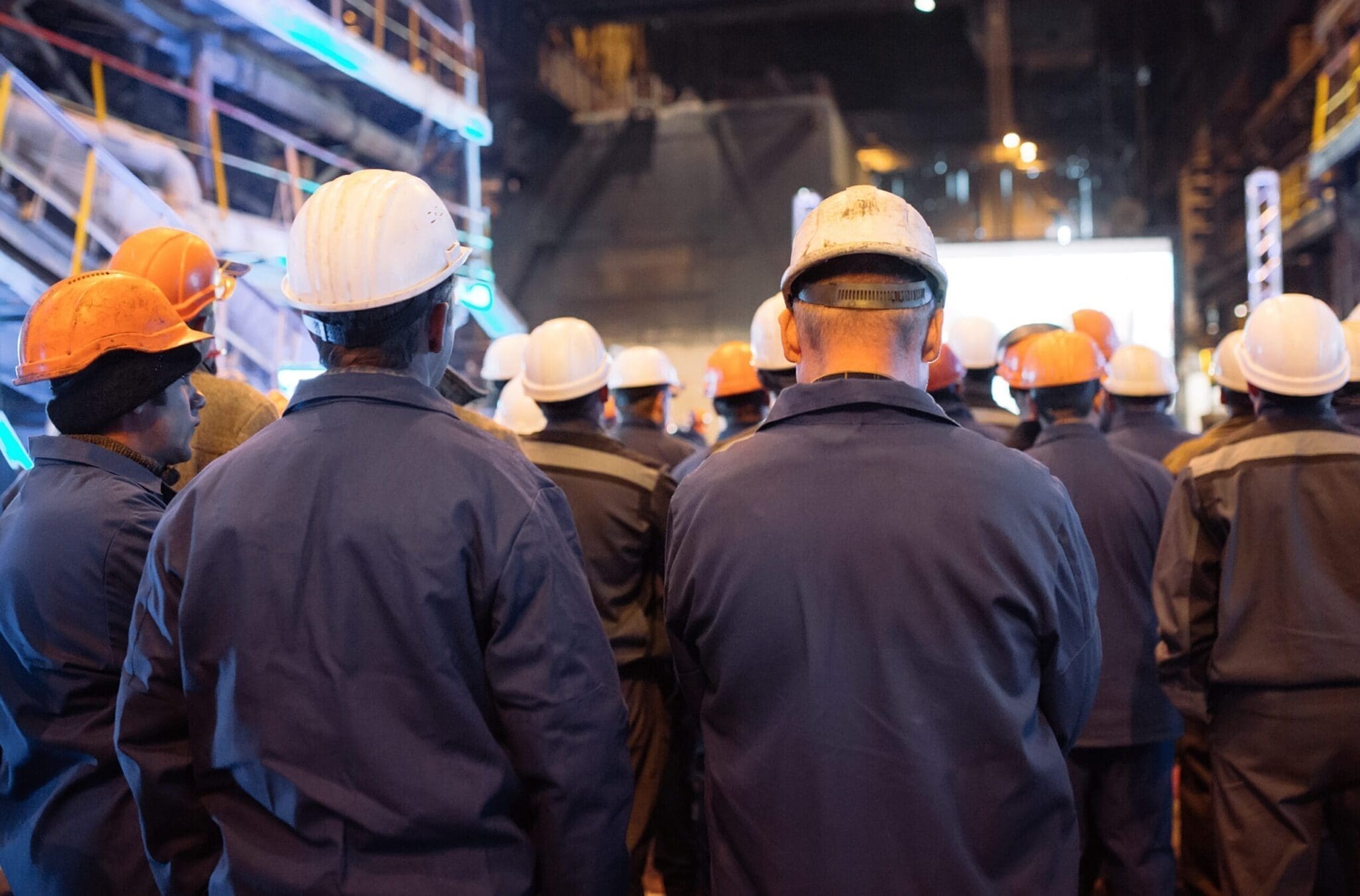A Guide for Energy Providers and Utilities
The renewable energy transition is at the forefront of the global fight against climate change. For many energy providers and utility companies, shifting from fossil fuels to renewable sources is a business necessity and a societal imperative. However, the renewable energy supply chain is complex, involving raw material sourcing, logistics, project development, and grid integration. Successful navigation of this ecosystem requires collaboration, transparency, and a focus on sustainability.
Breaking Down the Renewable Energy Supply Chain
The renewable energy supply chain is a dynamic ecosystem that connects raw material sourcing, manufacturing, logistics, and grid integration. Each stage plays a vital role in ensuring the successful deployment of clean energy projects.
1. Renewable Energy Sourcing
The journey begins with sourcing raw materials essential for renewable technologies. Components like lithium for batteries, rare earth metals for wind turbines, and silicon for solar panels are critical. However, securing these materials often involves navigating issues such as conflict minerals, scarcity, and ethical sourcing standards.
Energy providers must address these challenges. They should partner with suppliers who follow strict ESG (Environmental, Social, and Governance) standards. This will help ensure sustainable practices across the supply chain.
2. Renewable Energy Logistics
Transporting large and complex equipment such as wind turbine blades, solar panels, and transformers requires specialized logistics solutions. Renewable energy logistics often involve moving materials globally, balancing cost efficiency with low-carbon transportation methods to align with sustainability goals.
Efficient logistics planning helps prevent supply chain disruptions, ensuring projects remain on schedule and within budget.
3. Grid Integration of Renewable Energy
Once renewable energy systems are operational, they must be seamlessly integrated into existing power grids. This step involves collaboration between energy providers and utility companies to balance energy supply and demand while maintaining grid stability.
Advanced technologies, such as energy storage systems and smart grids, play a key role in overcoming the variability of renewable energy sources like solar and wind.
Challenges in the Renewable Energy Supply Chain
The renewable energy supply chain is supporting the reduction of carbon emissions worldwide. It is also experiencing rapid growth, with global annual renewable capacity additions increasing by almost 50% to nearly 510 gigawatts (GW) in 2023. This marks the fastest growth rate for the past two decades.
However, it faces monumental challenges. These challenges can delay projects, raise costs, and slow down progress toward sustainability goals. Key obstacles include:
1. Supply Chain Disruption
Global events, resource scarcity, and geopolitical issues often lead to supply chain disruptions that impact the timely delivery of renewable energy projects. Delays in sourcing essential components such as transformers or wind turbine parts can set projects back months or even years.
To address these risks, companies must prioritize supply chain transparency and collaborate with trusted partners. Using tools like the MyAchilles platform and Pre qualified supplier network provide insights into supplier performance. This helps businesses mitigate risks and maintain continuity across the supply chain.
2. Conflict Minerals and Ethical Sourcing
The renewable energy industry heavily relies on critical minerals, and some companies categorize these minerals as conflict minerals. These are resources sourced from regions where their extraction funds armed conflict or involves unethical labor practices. Sourcing these materials responsibly is essential for aligning with ESG regulations such as the EU’s Corporate Sustainability Reporting Directive (CSRD).
Achilles offers supplier auditing services to help organizations verify ethical sourcing practices and ensure compliance with international sustainability standards.
3. Renewable Energy Logistics and Infrastructure Gaps
Managing renewable energy logistics is uniquely challenging due to the scale and complexity of transporting components like wind turbine blades and solar panels. Infrastructure gaps, especially in developing regions, often lead to delays and additional costs.
Energy providers and utility companies can overcome these challenges by tapping into Achilles’ global network of prequalified suppliers. This network ensures reliable partnerships with experienced logistics providers who understand the complexities of moving renewable energy assets safely and efficiently.
4. Regulatory Compliance and ESG Standards
Navigating a fragmented regulatory landscape is another pressing issue. Companies must adhere to evolving global frameworks such as Apenhetsloven and the Corporate Sustainability Due Diligence Directive (CSDDD). Non-compliance can result in reputational damage, legal consequences, and financial losses.
Collaboration Between Energy Providers and Utilities
The successful deployment of renewable energy hinges on seamless collaboration between energy providers and utility companies. This partnership is essential for balancing the variability of renewable energy sources like wind and solar, maintaining grid stability, and ensuring efficient delivery.
Energy Providers: Leading Generation
Energy providers play a essential role in sourcing raw materials, constructing renewable energy systems, and generating clean power. However, unpredictability in production caused by factors such as weather conditions requires sophisticated forecasting and storage systems to maintain consistent output.
Utilities: Bridging the Gap
Utilities integrate renewable energy into the existing grid while managing energy storage and distribution. Advanced grid management technologies, like smart grids and battery storage systems, help manage power fluctuations. They ensure a steady supply of electricity to meet consumer demand.
Shared Responsibilities
- Grid Integration of Renewable Energy: The European Union action plan published at the end of 2022 estimates investment of about USD 633 billion in the electricity grid by the end of 2030. This highlights the importance of collaborating on smart grid development to handle intermittent energy supply from renewable sources.
- Sustainability Goals: Aligning on ESG initiatives, such as reducing Scope 3 emissions and complying with global regulations like CSRD and CSDDD.
- Supply Chain Coordination: Sharing supplier networks and data to streamline procurement and reduce duplication.
Renewable Supply Chains: Collaborating for the Future
The renewable energy supply chain offers immense potential to accelerate the global transition to a low-carbon future. While its complexities pose challenges, collaboration between energy providers, utilities, and supply chain partners can pave the way for a more sustainable energy sector.
By using services that provide supply chain transparency, risk management, and compliance solutions, companies can handle disruptions. This helps them ensure ethical sourcing and achieve their sustainability goals. Together, we can create a resilient, transparent, and efficient renewable energy supply chain.
Contact us to discuss how Achilles can support your renewable supply chain.





